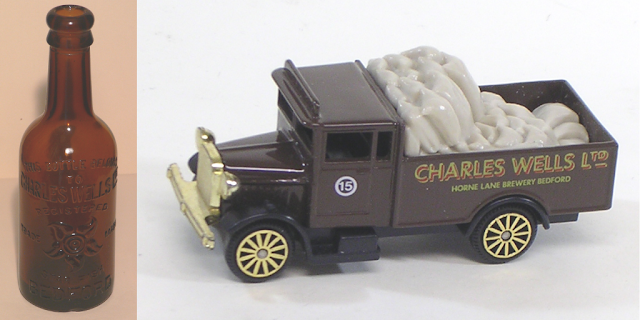Are you sticking to a routine at the moment? I’m trying to; I think it helps me to cope with all this uncertainty. 10:30am is tea break time, though I don’t drink tea (I don’t like it, the only time I have it is when I’m offered it at someone’s house and have to accept for the sake of good manners) but I do like all the paraphernalia around it. I love teacups and saucers, tea caddies and milk jugs and in particular I love teapots. It might be the Bedfordian in me, afternoon tea was invented in the county (Anna Russell, the 7th Duchess of Bedford started the trend) so maybe it’s been brewed into my DNA.
We have lots of beautiful teapots in the collection. Most were collected by Cecil Higgins himself from private house sales, auctions and antiques dealers. My favourite from his collection is the monkey teapot. The lid is the top of the apple and tea would pour out of the baby monkey’s gaping mouth.
 |
| Porcelain teapot by Meissen, c.1735 |
When I give tours of the decorative art collections at The Higgins Bedford I always point it out and usually compare it to another animal shaped teapot in the same case. This time it is in the shape of a squirrel holding a nut and I show it as an example of how varied Cecil Higgins’ collecting was. That he wasn’t just choosing to buy the most expensive pieces he was buying to tell the full story of porcelain and ceramics.
 |
| Staffordshire salt glaze teapot, c.1740 |
My other favourite teapot is from 1882. Cecil Higgins like many of his generation felt that taste died with George IV so the later items in the collection come from different sources. This one was bought in the 1980s.
 |
| Teapot modelled by James Hadley for Worcester, 1882 |
The teapot is double sided, the hat acts as a lid and the tea comes out underneath the raised hand. It’s very clever and very beautiful but it’s also a bit mean. It deliberately mocks the followers of the Aesthetic movement whose supposed crimes included a love of velvet clothes and an over fondness for poetry, blue and white china and sunflowers. The followers were popular figures of satire, Punch magazine regularly printed parodying cartoons and Gilbert and Sullivan produced a comic opera, Patience, on which the characters on this teapot are based. The mocking tone continues on the base where there is an inscription that reads ‘Fearful consequences through the laws of Natural Selection and evolution of living up to one’s Teapot’. This is aimed at the most famous aesthete of them all, Oscar Wilde, who famously said ‘I find it harder and harder every day to live up to my blue china.’ Maybe there is reason to be thankful for having to work from home after all, no beautiful china to have to compare myself with.
Written by Victoria Partridge, Keeper of Fine and Decorative Art




















